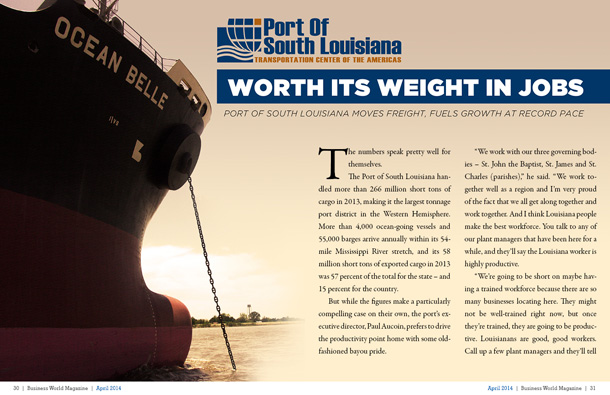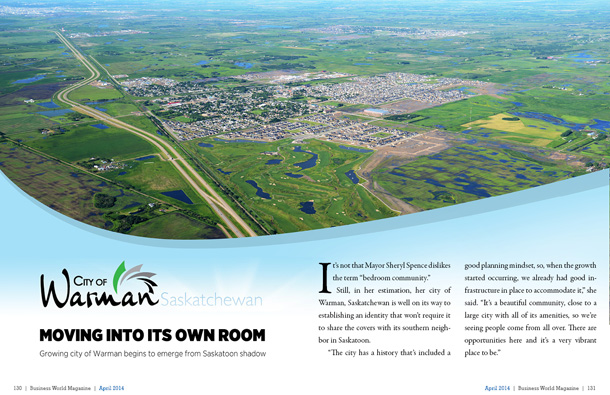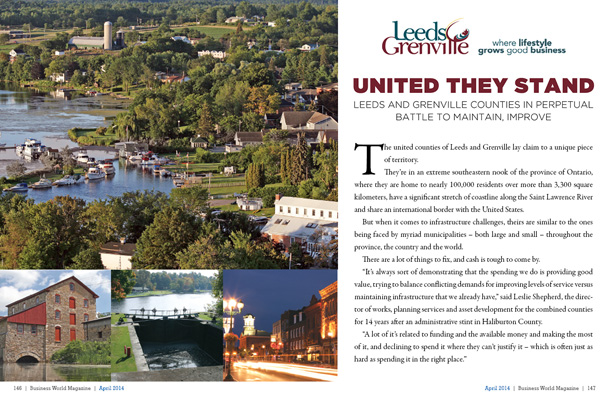Building the Next Great “Place to Beâ€
Town of Innisfil taking strategic look at growth

As challenges go, it could get a lot worse for Andy Campbell.
The director of engineering for the town of Innisfil, Ontario is part of a staff charged with trying to spread the word about progress being made in the municipality of nearly 33,000 residents on the western shore of Lake Simcoe – and encouraging even more people to consider it as a hometown.
“It is part of our marketing, that we did develop a strategic plan as a community to grow,†he said. “We’ve got to get people to buy all the homes that are being built, and we want to get companies coming in. We were recognized in the United States as a leading community that’s trying to think outside the box to move ahead, and that’s our challenge.â€
Innisfil was the only Canadian municipality cited by the Arizona-based Alliance for Innovation last year during its annual Transforming Local Government conference in Atlanta.
The organization lauded the town for “successfully capturing the town’s hopes and dreams for the future in its community strategic plan.â€
“We have a lot of growth,†Campbell said, “and we’re trying to create an identity for this town.
Indeed, the primary residue of that forward-thinking mentality so far is “Inspiring Innisfil 2020,†whose 14 proposed tenets were adopted by the town council and whose four priorities touch on community, tourism, culture and economy, with an eye toward making Innisfil “the place to be†by 2020.
“When you look at the geography of greater Toronto, we have a great geography for those commuters,†Campbell said. “We have Lake Simcoe, which provides great recreational opportunities. We have a lot of things that other municipalities don’t have. Part of it is lobbying to get infrastructure dollars and determining how we best get the word out that we’re the best place to be.â€
The town’s population was just 3,500 in 1950, but expansion in the back half of the last century was driven by the appearance of more paved roads, the manageable price of gas and the availability of inexpensive housing outside Toronto and its immediate suburbs.
A handful of administrative land annexations have added to the geographic footprint – which now covers nearly 285 square kilometers – and the previous labeling of Innisfil as a “cottage town†has given way to a new reality in which permanent residences now dot approximately 90 percent of the Lake Simcoe shoreline.
Campbell said provincial estimates have the population swelling to nearly 60,000 in the next 20 years.
The initial stages of the strategic planning process have resulted in a checklist of accomplishments, including creation of a new logo and branding for the town, the hiring of a culture and tourism coordinator, establishment of the Innisfil Arts, Culture and Heritage Council and both funding a position for and hiring an economic development officer.
It’s been a busy behind-the-scenes stretch for Campbell and his crew as well.
“For the last three years we’ve been coming up with master plans to determine how we’ll handle wastewater, storm water, roads. Basically projecting how we will deal with the next 20 years,†he said.
Other needs include $200 million of new construction for a water treatment plant and a district pumping station, alongside some $300 million in road improvements that include matters like widening some roads to accommodate increased traffic and installing curbs and gutters where necessary.
“It’s a half-billion worth of work, which, for a small municipality, is difficult to afford. So we have a wish list,†he said. “Industry will pay about half of that and the taxpayers would then have to take on $200 million, which isn’t an easy proposition. It requires us to find innovative ways to a solution, or to modify our cost structures.â€
More infrastructure concerns have also meant more employees.
“Growth is what we are all about in this town now, so we’re staffing up with people to be able to deal with that,†Campbell said. “It’s our job to determine how we get it done. There’s not an option as to whether we’re growing, so we need to make sure we do it in an effective and smart way that’s compatible with the existing infrastructure.â€
Going forward, the imminent targets for the strategic plan include making sure the town is financially stable by the close of 2014 and finalizing/promoting a vibrant urban core in the Alcona community by 2015. Also on the short-term agenda are development of a comprehensive economic development plan by 2015 and development of a strategy to grow businesses in Innisfil.
Toward that end, the recently unveiled Friday Harbour, a sprawling $1.5 billion project on the shores of Lake Simcoe, will bring approximate 1,000 permanent resort jobs upon completion and will generate $4.4 million in annual taxes for the town – in addition to $1.9 million in one-time building fees.
Additionally, $56.5 million in estimated one-time development charges will be split by the town, Simcoe County and local school boards, and $10 million was spent by the developer, Geranium, to expand local sewer and water infrastructure to accommodate the project. The resort is expected to generate $190 million in annual spending and provide $30 million in annual revenue to all levels of government.
“We’re getting the residential development in Innisfil, and we have to get more commercial/industrial development,†Campbell said. “As part of this plan, we’re supposed to get about 10,000 new employment jobs. The biggest headache for us right now is really trying to figure out how we’re going to get the jobs related to the growth in population, so that people aren’t exiting the town every day to work elsewhere.
“We want people to be able to work, live and play locally.â€
AT A GLANCE
WHO: Town of Innisfil, Ontario
WHAT: Home to 32,727 residents, according to 2011 census – up 5 percent from 2006
WHERE: Southern Ontario, on the western shore of Lake Simcoe and 80 kilometers north of Toronto
WEBSITE: www.Innisfil.ca








